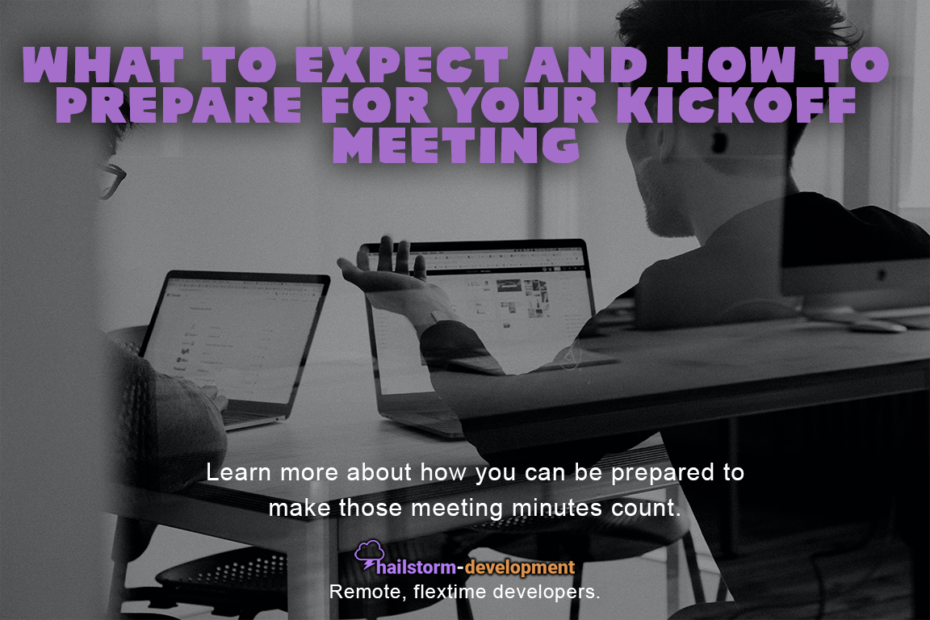You’re a business owner. Your time is extremely valuable, and we get that. That’s why we’ve put together this quick guide to success for your kickoff meeting with a web development agency. As always, let us know in the comments or send us a message if you have questions or feedback.
Step 1: Assemble your team
Before you head to your kickoff meeting by yourself, ask yourself, “Is there anyone else that could explain what the business does, how we sell our products, or what we would like to accomplish?” If the answer is yes, then add them to the CC list on that calendar invite!
Step 2: Prepare your information
In order to hit the ground running, it’s important to have a few pieces of info handy:
- Business name, key slogan or phrase, office location, mailing and shipping from address, bank account (personal or business) information
- Style guides, assets, color palettes, and other design elements
- Websites that have a style or features that you like or would like to use for inspiration
Step 3: Come with questions
This is reminiscent of a good interviewer – don’t be the group that stays silent and doesn’t ask any questions. A few examples of questions that you could ask are:
- When can we expect this [feature, function, the element of the website, etc.] to be delivered?
- Is there anything else that you need from us to help you get started?
- When can we expect to hear back from you?
Step 4: Bring business cards
Names and faces are hard to remember. Make it easier by bringing a stack of your finest business cards and distribute them after (or before) the kickoff meeting to help “put a face to a name”. This is also a good opportunity for networking!
Step 5: Select a note-taker
Regardless of the speed of the meeting, it’s imperative to have a dedicated note-taker to keep track of what is discussed by the group. The notes can then be sent out to each meeting attendee so that everyone has a copy.
Step 6: Assign action items
Like most meetings, there are action items that transpire and need to be assigned before the break. It is important to assign items to one – and only one – person. This prevents duplicating efforts and the bystander effect, where each individual assumes another one is working on it. Set realistic delivery dates and timelines to ensure smooth delivery of what’s expected.
Step 7: Schedule a follow up meeting
You may be done with the initial meeting, but that doesn’t mean you have to stop communicating with your development agency! Many organizations set up weekly, or even biweekly, recurring check-ins with the client’s designated point of contact to update them on the overall status of the account.
That’s it! Go rock that kickoff meeting!
